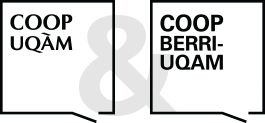Robots and Gadgets
Éditeur : PRESSES DE L'UNIVERSITÉ LAVAL
ISBN numérique PDF: 9782766302543
Parution : 2024
Catégorisation :
Livres numériques /
Autre /
Autre /
Autre.
Formats disponibles
| Format | Qté. disp. | Prix* | Commander |
|---|---|---|---|
| Numérique PDF Protection filigrane*** |
Illimité | Prix : 17,00 $ |
*Les prix sont en dollars canadien. Taxes et frais de livraison en sus.
***Ce produit est protégé en vertu des droits d'auteurs.
Description
The aging of the world’s population has brought with it a set of challenges. Baby boomers in the Western world, who have lived through several cycles of change, are about to experience another transformation — the automation of in-home geriatric care. Equipping a home with interconnected gadgets and with robots that incorporate artificial intelligence seems increasingly possible. Such devices, connected to a wireless network and the Internet, can observe, communicate, and also assist caregivers, providing support to an elderly person as they age in their own home. These technologies have the potential to improve care for those suffering from various maladies, including dementia. Seniors may be more accepting of robots and gadgets if such devices enable them to remain in their home despite deficits related to aging. However, as bioethics has often demonstrated, it is important to critically analyze the implications of using these devices, as is proposed in this book.























